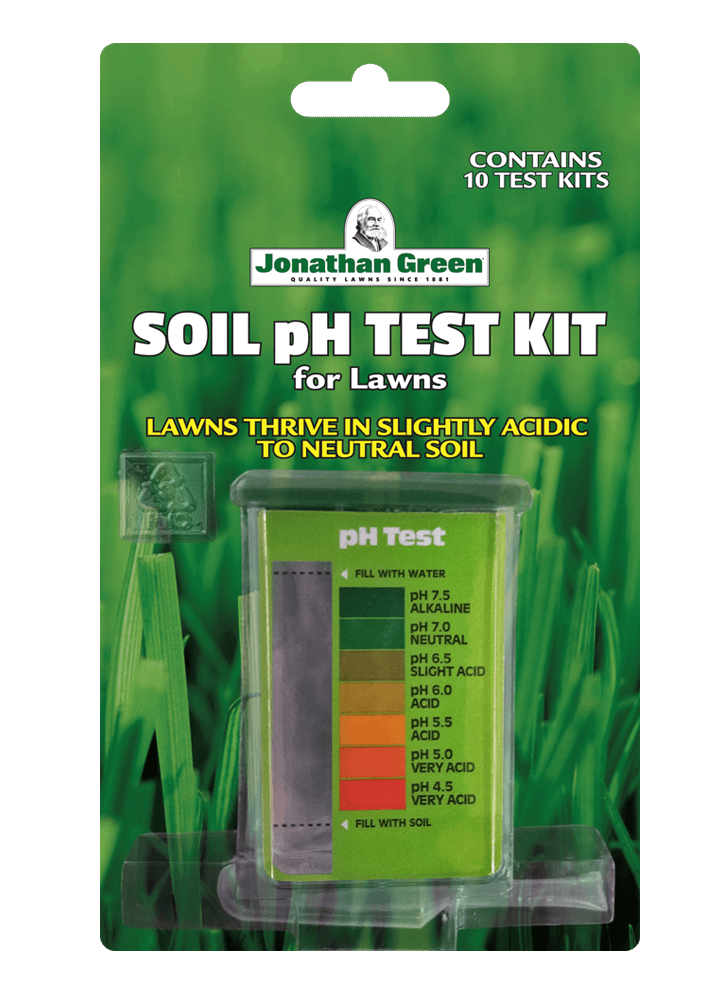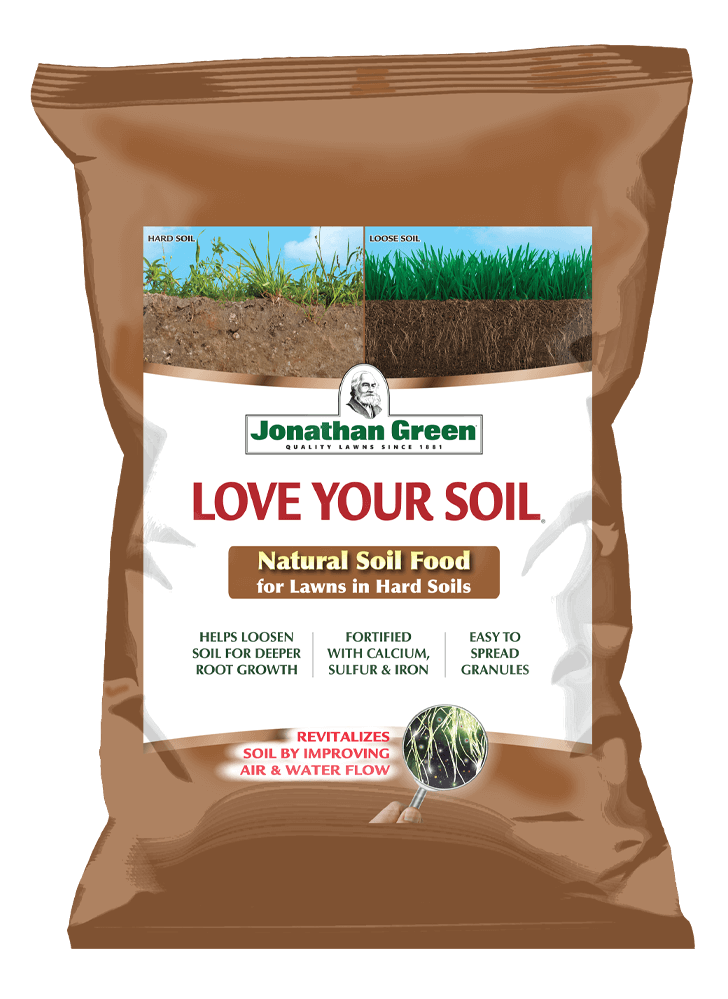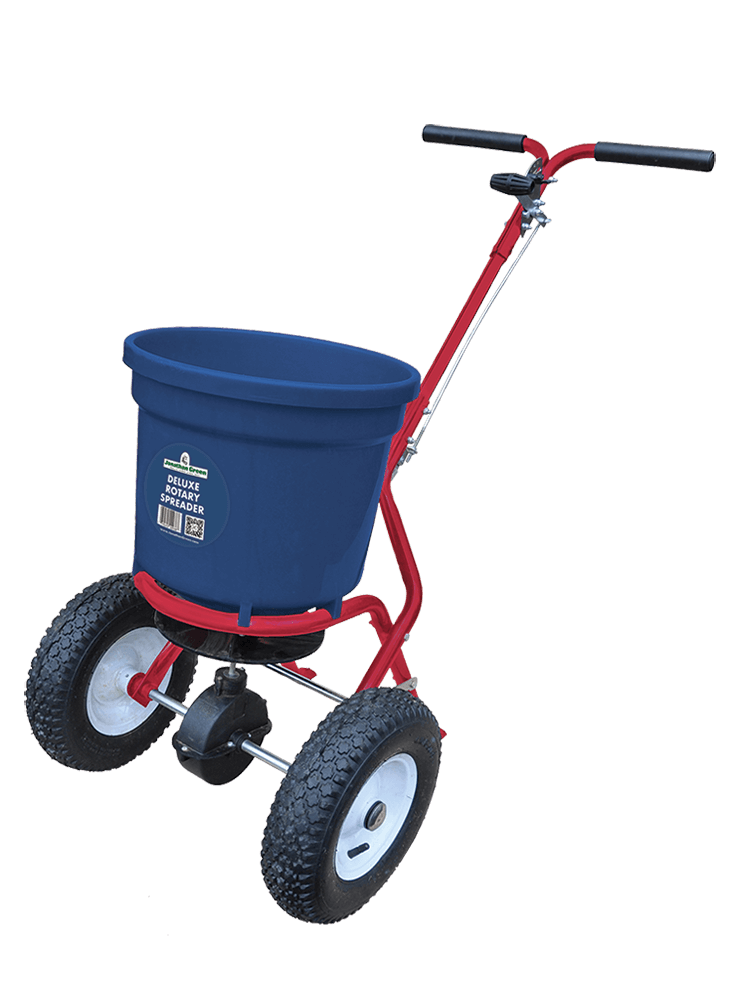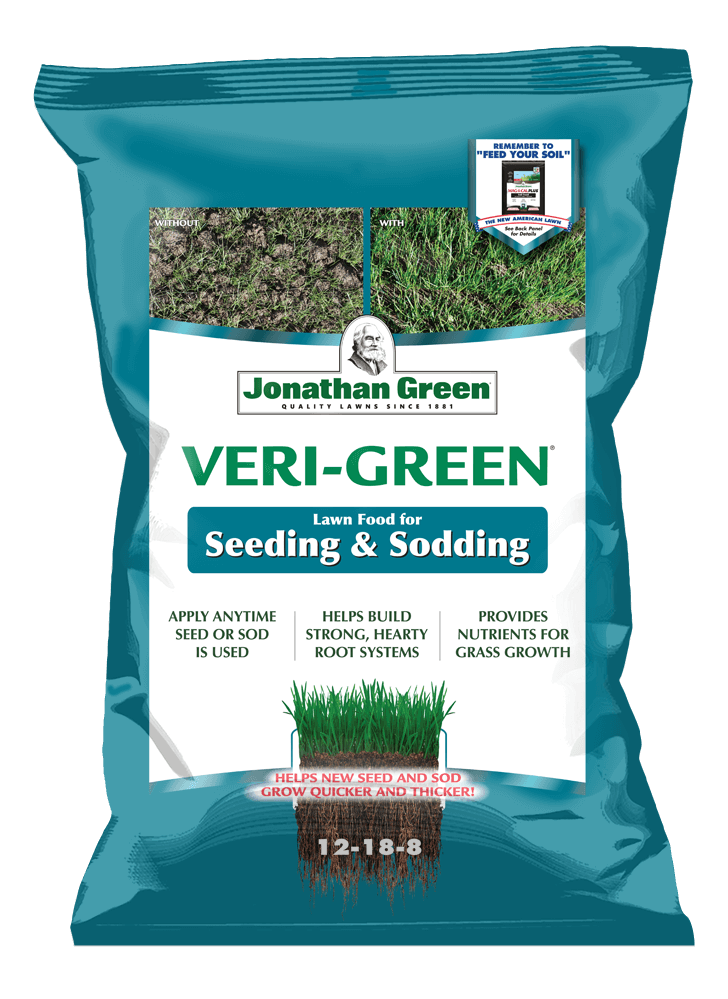How to Improve Soil Quality for Healthy Lawns?
Homeowners who are interested in how to improve the quality of their soil in order to grow healthy lawns would benefit from the expert advice of the professionals at Jonathan Green. We will help you prepare your soil and grow a lawn that’s the envy of your neighborhood.
Jonathan Green has been growing beautiful, dark-green lawns since 1881. We supply genetically superior cool-season grass seed and other lawn and soil care products to homeowners and to commercial sod growers and independent home and garden retailers in all areas of the United States where cool-season lawn grasses are grown.
We have also developed an environmentally sound approach to lawn care called the New American Lawn Plan. By following this revolutionary plan, you will discover how to address the root of any lawn problems you have, instead of just battling the symptoms, such as insects and weeds.
Get Ready to Plant Your New Lawn
Prepare the area. Remove all dead grass, weeds, and debris (sticks, stones, etc.) from the area. Level any areas where excess water could collect.
Test the soil pH. Use our Soil pH Test Kit for Lawns to determine the pH of your soil in minutes and ensure that it measures between 6.2 and 7.0. If not, use Jonathan Green Mag-I-Cal® Plus to rapidly balance the pH and help the lawn grow greener and healthier. Mag-I-Cal® Plus is available for both acidic and alkaline soils. Apply it when seeding, and adjust the application rate as the pH of the soil improves.
Loosen the soil. Loosen the top half-inch of soil. Mag-I-Cal® Plus will help you accomplish this. If the soil is very compacted, however, choose Jonathan Green Love Your Soil® to loosen and aerate it, feed the soil microbes, make the soil more alive and porous, and enhance root and root mass development. Love Your Soil® can be applied on the same day as the grass seed.
Plant the highest quality seed. Apply your preferred Black Beauty® grass seed mixture with a Jonathan Green Deluxe Broadcast Spreader. Distribute the seed as evenly as possible, and lightly rake to incorporate it in the top ¼ inch of soil. Seed-to-soil contact is the key to achieving maximum germination.
Fertilize. Use Jonathan Green Veri-Green Starter Fertilizer for Seeding & Sodding to fertilize before seeding. This high phosphorus formula will help build a vigorous root system and get new grass off to a fast start, resulting in a thicker, greener lawn. Do not use crabgrass or weed killers before or after planting grass seed.
Mentioned Products
Water. Keep the seedbed moist for several weeks while the grass seed germinates and the new turfgrass gets established. Plan to water daily and possibly twice daily if the weather is really hot and the water evaporates quickly, until new grass is 2.5 to 3 inches high and then mow.
For more information about how to improve soil quality for a healthy lawn, visit us online at JonathanGreen.com or visit your nearest independent hardware or garden center for expert lawn care advice.



